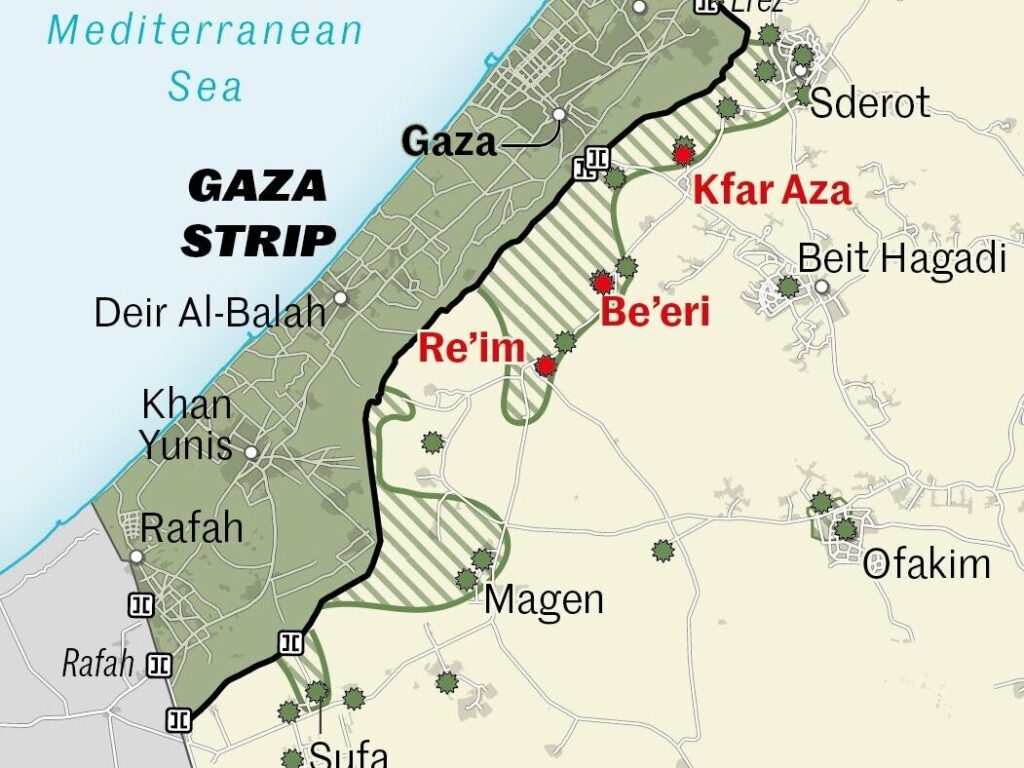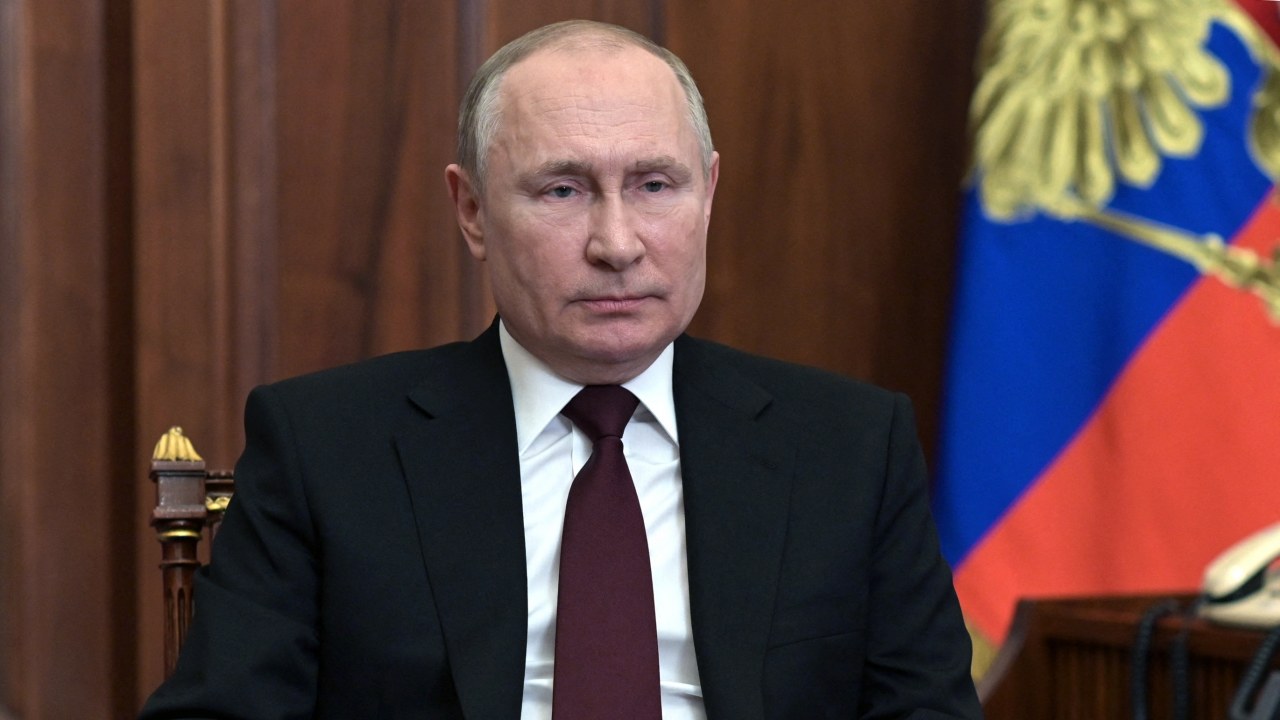
In just one day, a picture with the caption “All Eyes on Rafah” received over 29 million shares on social media.
After Israel launched a deadly airstrike on Sunday, many took to social media to express their solidarity for Palestine and draw attention to the situation in Rafah.
In just one day, a picture with the caption “All Eyes on Rafah” received 29 million shares on social media. Global solidarity for Palestine has increased in response to the incident.
An image of a camp with tents organized to spell out “All Eyes on Rafah” is widely shared on social media. Rafah is a refugee-occupied territory in south Gaza; the Israeli government had previously declared it a safe zone. However, following an airstrike on Sunday that claimed the lives of over 45 civilians, the situation there deteriorated dramatically.
Israeli Prime Minister Benjamin Netanyahu described the casualties to the nation’s parliament in Hebrew as a “tragic mishap.” His office’s statements were translated as “tragic incident.”
In recent years, Instagram has evolved into a medium for advocacy, serving as a conduit for Palestine-based journalists. However, the platform’s owner, Meta, has made an effort to restrict the dissemination of political content.
What does the picture show?
As horrifying pictures of burnt corpses and serious wounds appeared on social media, the phrase “All Eyes on Rafah” began to acquire popularity. Humanitarian organizations and activists are spearheading this effort to draw attention to the appalling conditions in the southern Gaza Strip city, where people live in overcrowded camps as refugees and receive no aid.
The picture, which shows tents erected to spell out a message, begs viewers to pay attention to the predicament of the roughly 1.5 million Palestinians who are fleeing Israeli bombardment and are seeking safety in Rafah.
Is this a true picture?
This particular image may be one of the first instances of viral activism visuals produced by AI. Misinformation researcher Marc Owen Jones says the image looks like it was created by artificial intelligence. According to NBC, the image’s artificial appearance—which includes strange shadows and oddly symmetrical tent arrangements—makes it clear that it was created artificially.
Also read: Israeli forces divide Gaza into two sections and encircle the city.


The footage of the incident, which was released by a number of Palestinian journalists, has received millions of shares, but because it depicts the gory aftermath of Israeli strikes, it has been blocked and in some cases removed from social media. According to NBC News, Instagram erased two of the three images depicting Rafah’s condition with injured and burnt dead bodies, and the third one has a sensitive content warning for “graphic or violent content.”
A representative for Instagram said that the content was deleted because it was violent and explicit, which is against the rules of the website.
“There has been a growing trend of sharing ‘All Eyes on Rafah’ for a short while,” according to industry analyst and social media consultant Matt Navarra. “The sentiment of this message, or nearly the same version, is shared by a number of influencers, celebrities, and widely followed individuals on various platforms, not just Instagram. This will increase the reach and visibility across many platforms,” the statement reads.
The picture appears to be among the first instances of artificial intelligence-generated viral activist imagery. The image “definitely looks” artificial intelligence (AI), according to Marc Owen Jones, an associate professor of Middle East studies at Hamad Bin Khalifa University in Qatar who specializes in studying misinformation.
There are a number of indicators that point to the shot being artificial intelligence (AI)-generated rather than real, including the lack of photorealism, the odd shadows, and the tent camp’s strangely symmetrical and expansive design.

































































































































































































































































































































































































































































































































































































































































































































































































